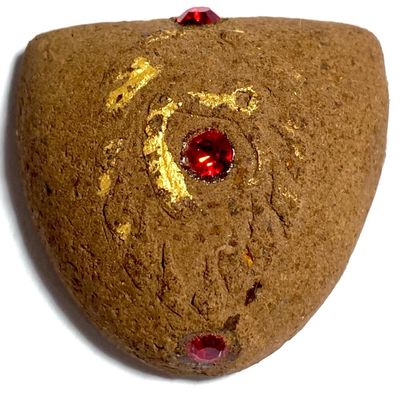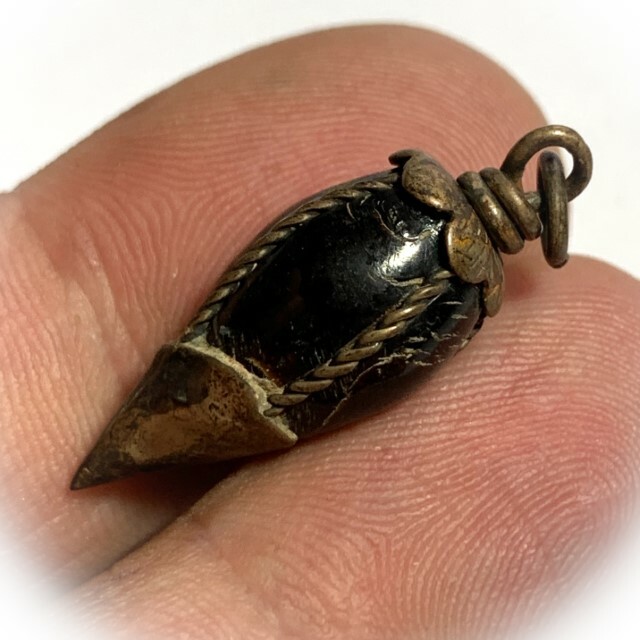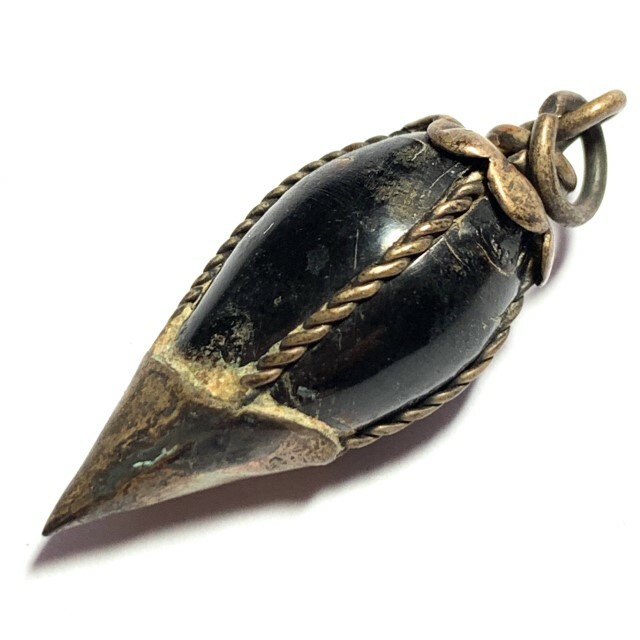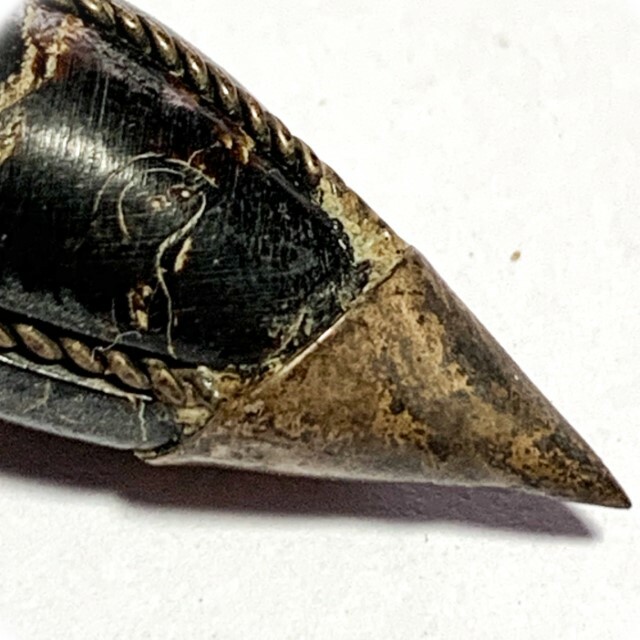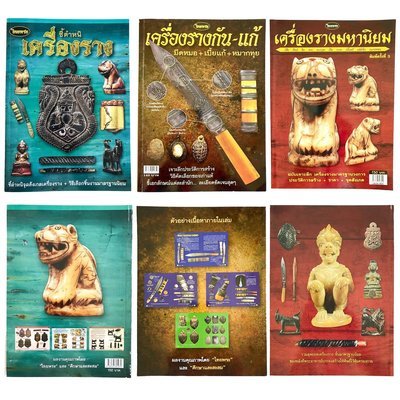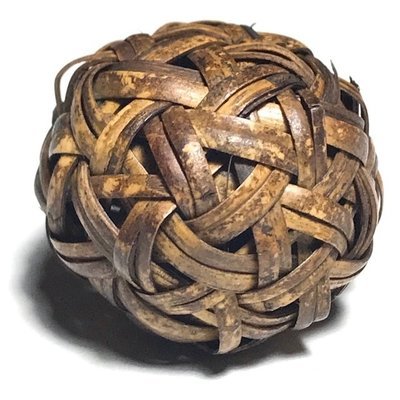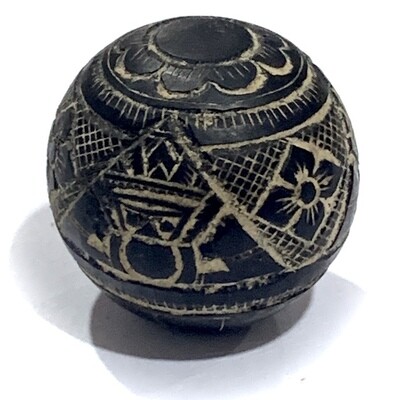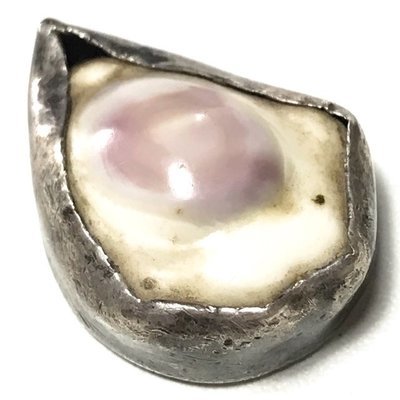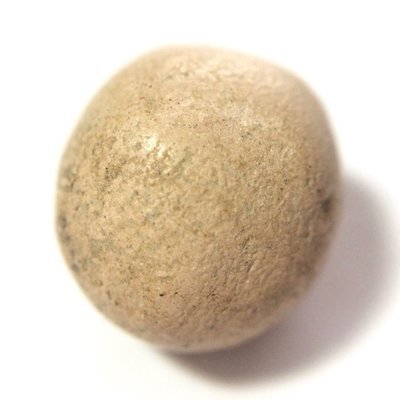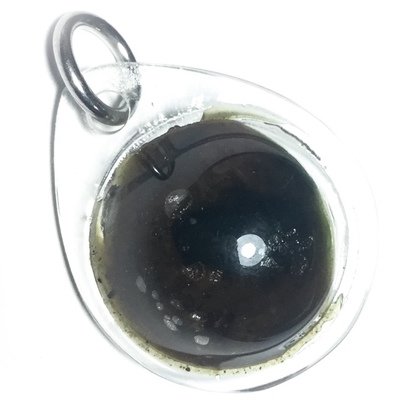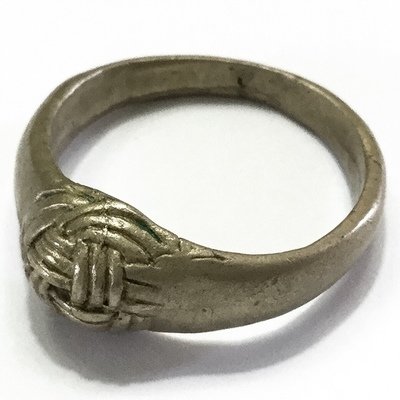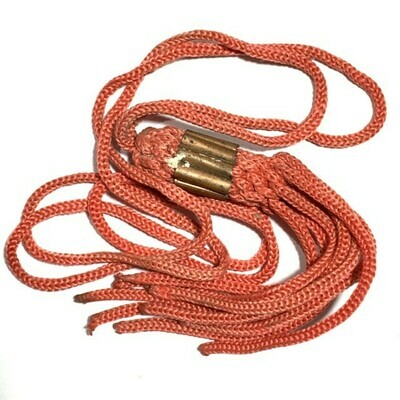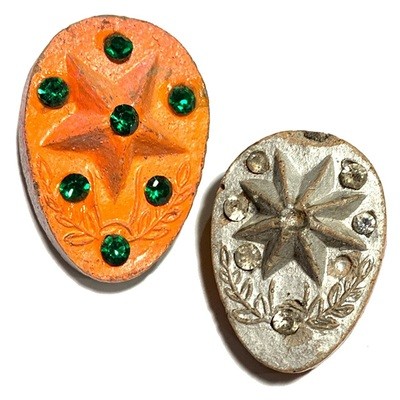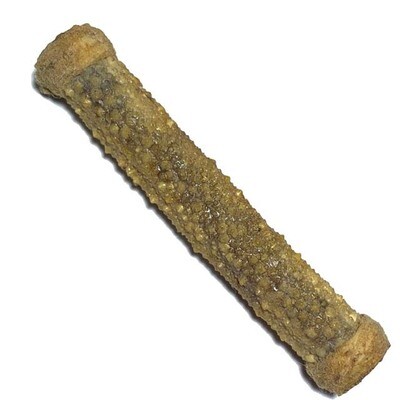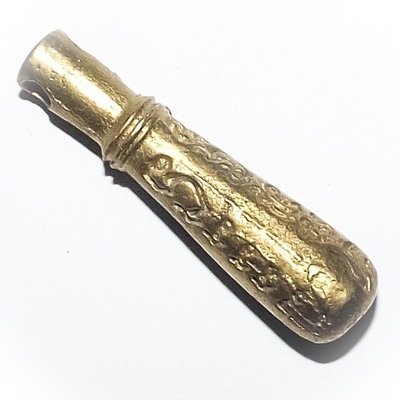
Ancient Amulet Store – Purveyors of preferred Classic Thai Buddhist Amulets for the True Devotee and Distinguished Collector
Discover the immensely deep and fascinating world of Vintage Thai Buddhist Amulets. Ancient Amulet is a long term established and internationally recognized Vintage Amulet Shop, and A Trusted Source for Classic Thai Buddhist Amulets for Devotees and Discerning Collectors, and is one of the many sub projects of informational sources created by Thai Amulet, Buddhism and Thai Occult Expert, Ajarn Spencer Littlewood . as part of his ‘Buddha Magic Project‘
Ancient Amulet provides authentic Antique and Rare Thai Amulets of the Pre and Early Post-Modern Era, of high esteem and Sacred Value, to revere, study and collect. Our Ancient Thai Buddhist Amulets are selected from the finest exhibits we can discover, and given diligent study and authentication processes. Our collection showcases time-honored amulets crafted by ancient masters, boasting captivating qualities and representing the esteemed Pra Niyom class. We offer authentic, highly valued ancient Thai Buddhist amulets from the pre and early post-modern eras, carefully selected from the finest exhibits and thoroughly examined. We invite you to study, revere, and collect these classic amulets from ancient masters, and to learn about their magical aspects and the art of amulet evaluation
Met Prik Nuea Galabangha Dam 2470 BE Black Coral Yoni Silver Wire Frame Ultra-Rare Amulet Luang Por Ee
An ultra-rare, and highly sought after amulet of this Master, and beautiful exhibit, of a top Preferred Masterclass Talismanic amulet; the Met Prik (Chili Bean) Nuea Galabangha Dam Dtamrab Boran. The amulet is a carved black coral Talismanic Charm, with silver wire frame in bullet shape from the great Luang Por Ee, of Wat Sattaheeb.
The Met Prik was said by Luang Por Ee is considered to be doubly powerfu,l when worn along with his Palad Khik as a pair of Lingam-Yoni. He would often give Palad Khik to his male devotees, and the Met Prik to his female Devotees, but would also insist that both were the best to combine, for completely balanced elemental magic, useful for both men or women.
The amulets of Luang Por Ee are now almost impossible to find. He is extremely famous for his 2473, 2485 2504 2511 and 2515 Monk Coins, his Palad Khik amulets, Hmak Tui, Takrut and Pid Tawarn amulets. His Palad Khik and Pid Ta, and Wicha for making carved wooden, and other natural substance based amulets, and his Alchemical metal amulets, are believed to be among the most powerful of all Palad Khik. The Met Prik is a finely crafted powerfully blessed amulet of Pure Eminence from one of the Greatest Masters in Thai Amulet History, that can only be considered an Ultra-Rarity, and highly desirable item for the devotee of LP Ee.
The Met Prik measures 2 Cm Long, and is from the early era of Luang Por Ee's trajectory, Encasement options are provided but we recommend wearing this amulet with a cord belt around the waist without casing for full effect, and appreciation of the aesthetics of the amulet, which was intended to be worn 'bare' against the skin.
Many people have asked in the past 'Why did Luang Por Ee make a chili pepper amulet?". The truth is, that the name 'Met Prik' is a polite name for what the amulet truly represents. Luang Por Ee made the Palad Khik to represent the Shiva Lingam Male sexual organ, and the Met Prik, was made to represent the Yoni Vyulva of Kali/Parvati.
Luang Por Ee is one of the Great Olden Days Masters of Thai Buddhist History, and a Top 5 Gaeji Ajarn Guru Monk of the Chonburi Region. His amulets are as rare as they are popular with Thai Buddhist people, especially in Central Thailand. His amulets are highly recommended for their Sacred Value and High End Status, for they are as highly regarded and powerful as many amulets of other Masters of the same Era, and are known for their Powerful Metta Mahaniyom Klaew Klaad Maha Lap and Kong Grapan Chadtri Power.

Many devotees over the years have reported immense successes after revering his Palad Khik, and it is said that the Palad Khik of Luang Por Ee are extremely powerful In those days, Luang Por Ee would allow his Looksit to carve Palad Khik and taught them to inscribe them with their own hand, before giving them to Luang Por Ee for empowerment and blessing.
However, the Met Prik Yoni amulets were made in much less numbers, black coral being rare to find and always only available in small amounts, and were carved in various shapes depending on each piece of coral, ranging from chili pepper shape, bullet shape, and three sided triangular shape.
The Palad Khik of Luang Por Ee are also categorised differently by their inscriptions; 1. Luang Por Ee's own hand 2. Luang Por Lang's Inscriptions 3. Luang Ta Pan's Inscriptions (Luang Por Ee's Nephew) 4. Ajarn Hngun's Inscriptions 5. Ajarn Naen's Inscriptions 6. Kroo Sukh's Inscriptions - these were the most similar Inscriptions to those of Luang Por Ee.
Kroo Sukh was a teacher of the temple orphans and local poor children, who then ordained and apprenticed under Luang Por Ee, becoming a very close companion. Pra Kroo Wora Waet Muni, or as popularly known by Thai Buddhist Folk, 'Luang Por Ee', is a name that is never confused identity, because Luang Por Ee was the first monk on historical record to go under this name. And so any mention of the name Luang Por Ee, can only be referring to the 'One and Only' Pra Kroo Wora Waet Muni.
Biography of Luang Por Ee
He was born to parents whose names were Mr. Kham, and Mrs. Iang Tong Kham, on Sunday the first October 2408 BE, which was the 11th Lunar Phase of the Year of the Ox. When he reached the age of 25 years old, he was ordained into the Sangha at Wat Ang Sila Nork, which is in the present day now incorporated with Wat Ang Sila Nai, into one temple called 'Wat Ang Sila'.
Below; the famous Pra Pid Tawarn Yant Won Nuea Maekasit of Luang Por Ee - renowned for its Maha Ud and Maha Pokasap Power
Luang Por Pra Ajarn Jan Jantasō was His Upachaya Ordaining Officer. His Pra Gammawajajarn Prompting Officer was Pra Ajarn Tim. His Pra Anusawanajarn Witness was Pra Ajarn Daeng. His Upachaya Ordained him with the 'Chāyā' Monks Name of 'Puttasārō'. In that very same time, Luang Por Ee submitted himself for service and apprenticeship in Wicha to the Great Luang Por Parn, or Wat Bang Hia, the Great Master of Wicha Suea (Tiger Magic). He also received apprenticeship to the two great olden days Master Monks Luang Por Daeng and Luang Por Hmuean.
Wat Sattaheeb is the temple which Luang Por Ee constructed with his own merits in the year 2442 BE, now well over a Century ago, and Luang Por Ee was of course the very first Abbot of the temple when it was built. Luang Por Ee was reputably able in Samatha meditation and Vipassana mindfulness practices. He was adept at entering, remaining in, and departing from the Kasina and Jhanic mindstates at will, and change his inner state of consciousness to dwell in whichever state was appropriate to the practice.
He stood out for his adepthood, which was noticeably superior to that of his peers in the Sangha, for his behaviour was impeccable. This was because of his ability to raise his mind above the powers of the vedhana (emotions), and not let them flood his mind with anger, sadness, stress, suspicions, and all the other manifestations of emotional and mental impediments and hindrances which arise within the psyche of a common unpracticed human being.
He was able to extinguish the negative emotions or afflictive emotions which arise from suffering the cold, the heat, hunger, thirst, aches and pains, and self created mental worries. Luang Por Ee is known to have never complained about anything, or say that he was suffering or displeased about anything. Even if he was ill, he never complained or moaned and groaned, or even told anybody about it. he would always remain in the same peaceful state, with full equilibrium. Luang Por Ee placed great importance on the value of a good education, and built the Rong Rian Ban Na Sattaheeb public school for the local folk of Sattaheeb.
Luang Por Ee created many different amulets and occult talismanic charms during his trajectory, including of course his legendary Palad Khik, which is considered co-leader of the status of top Palad Khik of all time, along with the Palad Khik of Luang Por Hluea. His Takrut are amongst the rarest and most highly favoured talismans, along with his Suea Yant (Yantra Shirts), Rian Kanajarn Monk Coins, Pra Pid Ta, 'Pra Sam' (Pra Tri Gaay), and 'Pra Prohm See Hnaa' (4 Buddhas in one votive tablet).
In the years 2483 - 2486 BE, Luang Por Ee released many powerful amulets during the Indo-China Wartime Era. He and his amulets received great acclaim for their powers, and attained equal fame with that of Luang Por Jad of Wat Bang Grabao, and Luang Por Jong (Wat Na Tang Nork). His Pra Sam and Pra See three and four sided Buddha amulets in maekapat Alchemical Lek Lai based magical alloy because very famous during the wartime era for Kong Grapan Chadtri Klaew Klaad protective/evasive powers.
In the latter years of his life, Luang Por Ee became afflicted with a large boil infection on his throat. This became noticeable in the year 2489 BE, but Luang Por Ee did not pay much attention to it. He once said in conversation when asked, that the boil had come to take his life. The boil became worse and worse until he was unable to leave the temple.
One day the boil spread to other boils and the sickness began to spread, and the devotees took Luang Por Ee to the hospital to operate. But Luang Por Ee said to his devotees 'Never mind do not worry, it is my old Karma from the Deer of Hnong Gai Dtia, in a Previous Lifetime i killed a deer by shooting it in its throat. It is now catching up on me as Karma, and it is essential to work it off, and let it run its course'.

Luang Por Ee believed this to be his Karma, and wished to end it by letting it run its course, and so ignored the idea of medical treatment in hospital. As time passed the ailment became very large, and Luang Por Ee was also weak from old age. Then, on the 20th September 2489 BE, Luang Por Ee called some monks to help him sit up, and then forbade anybody to touch him further. He entered the meditation posture, and began to meditate. And then something surprising happened; a Blackboard used by Luang Por Ee to make inscriptions which had been affixed to the walls of the Kuti and been hanging there for a long time without use, suddenly fell to the floor with a crash, and a mirror also fell at the same moment some meters distant from the Mai Gradan blackboard, and smashed into pieces.
As soon as the monks attending in Luang Por Ee's Kuti Hut got over the shock, they noticed that Luang Por Ee, had stopped breathing and passed away in meditation at the very moment. The time was 21:05 Pm. The news of his death spread fast, that Luang Por Ee had passed away at the age of 82 years old, and the devotees rushed to the temple to attend and pay final reverences.
Below; Luang Por Ee
Even though Luang Por Ee is long since passed away, his fame remains for his great merits in building the temple of Wat Sattaheeb, and the Ban Na Public School, and his many other charitable deeds both for the Sangha, Buddhism and for the Local Folk, and his Devotees. His deeds are visible as the edifices he built in Sattaheeb, and in the amulets seen worn by his devotees, and those which stand in elevated positions within the great amulet showrooms, competitions, encyclopaedic works and and auction places

